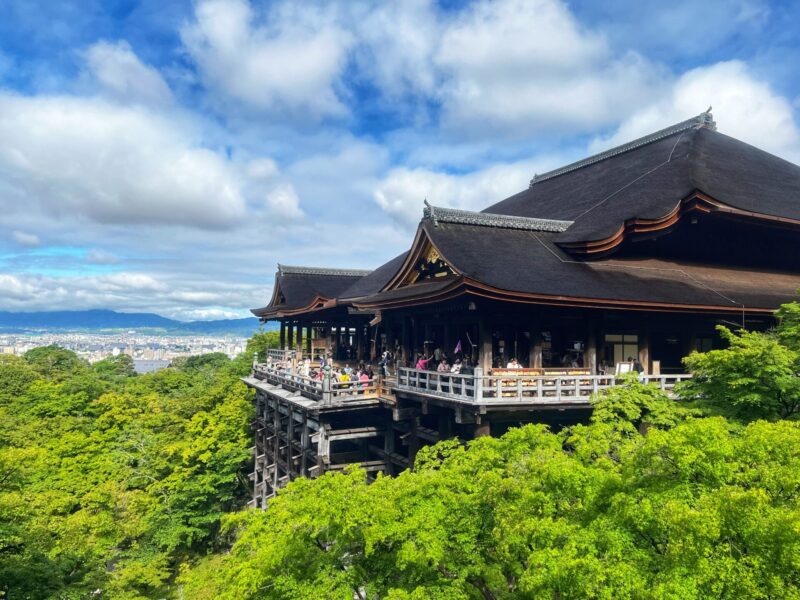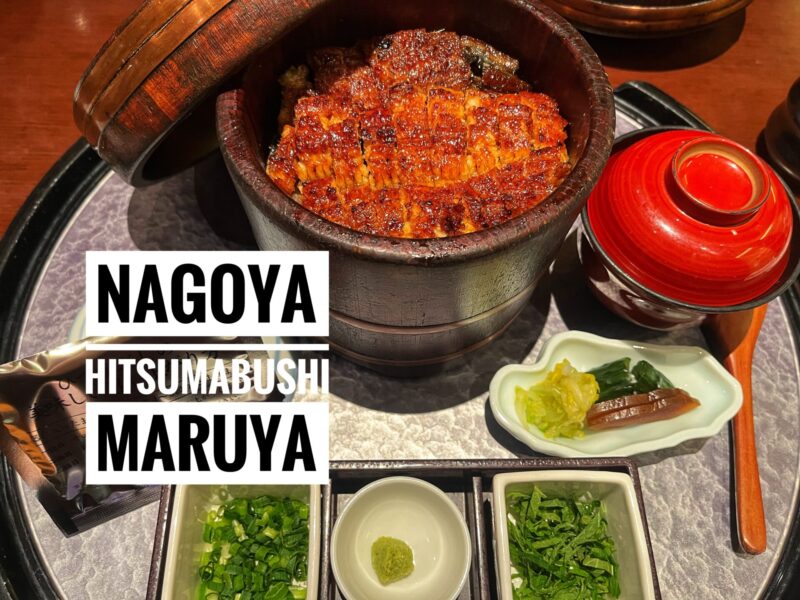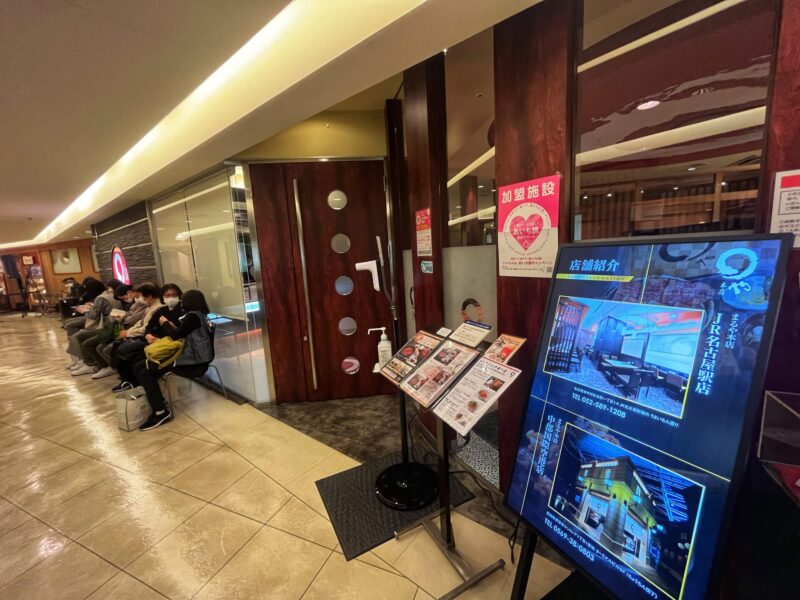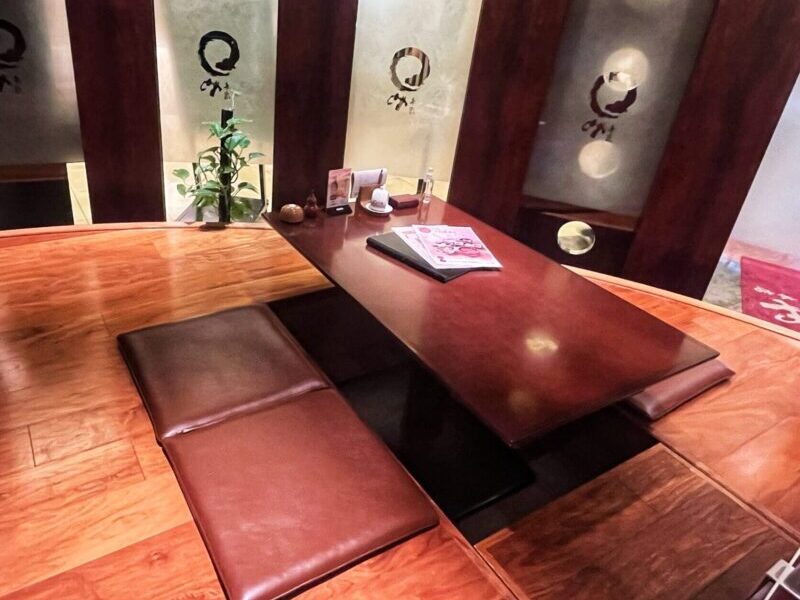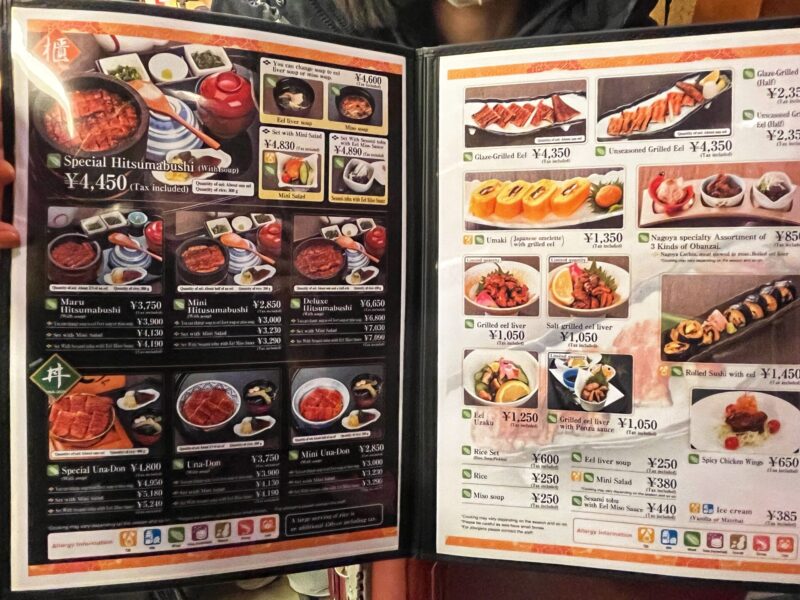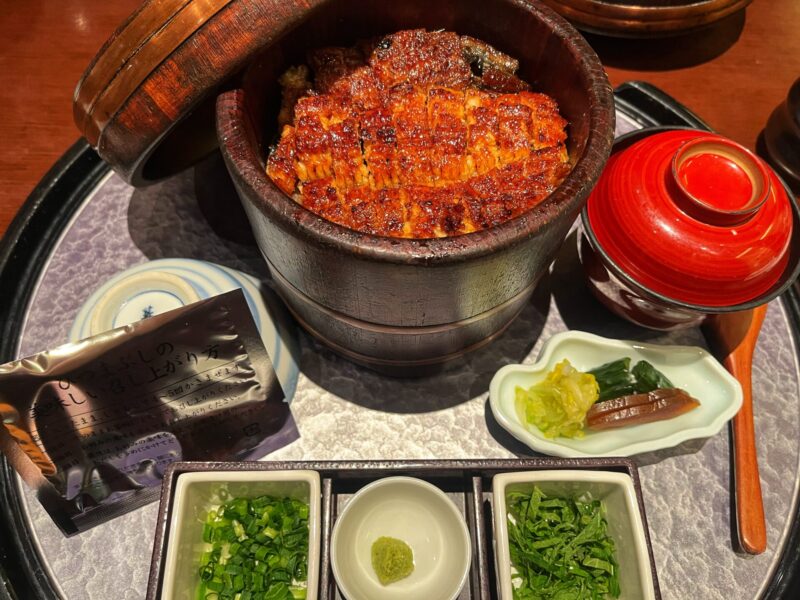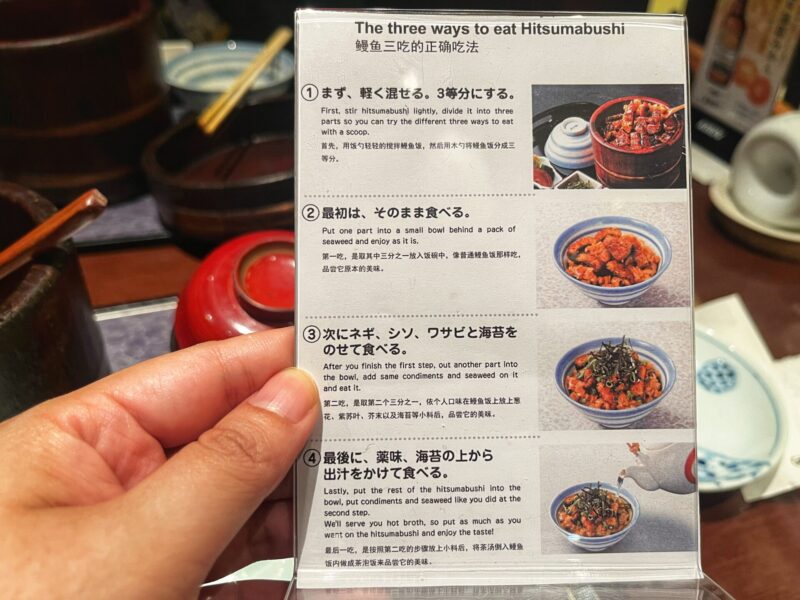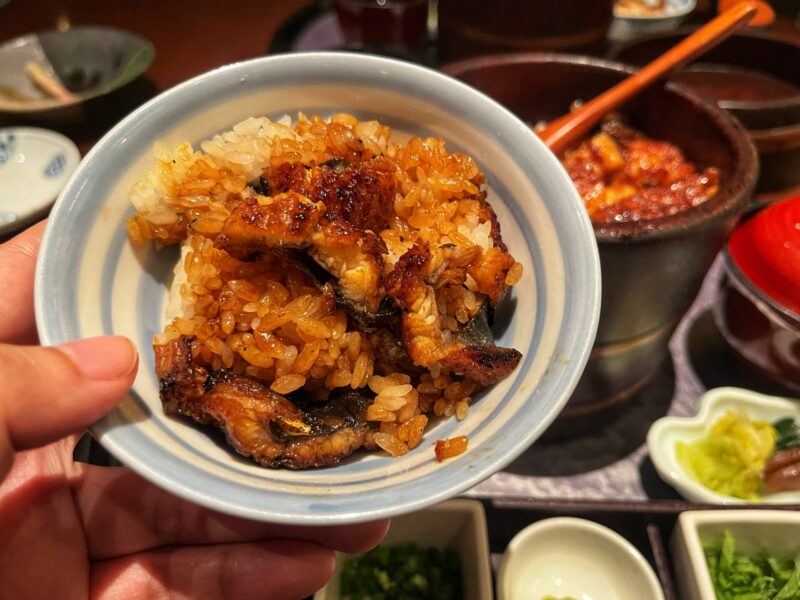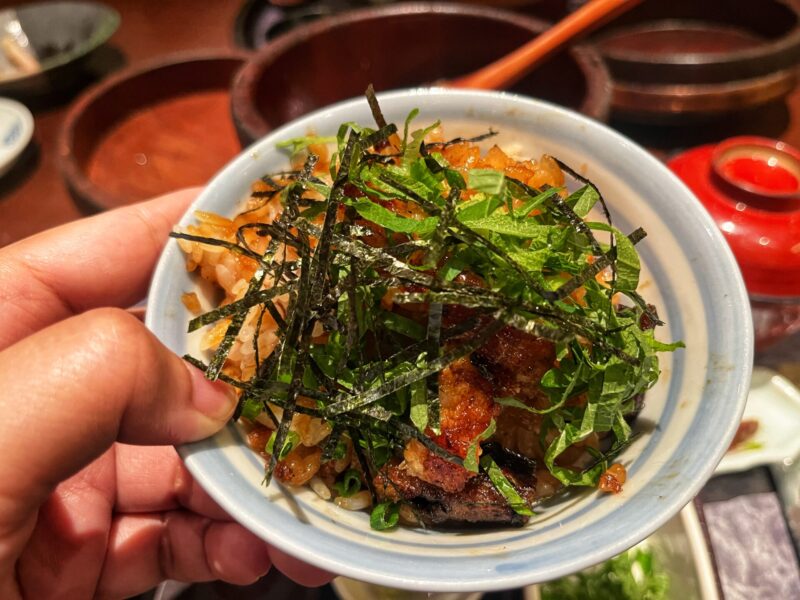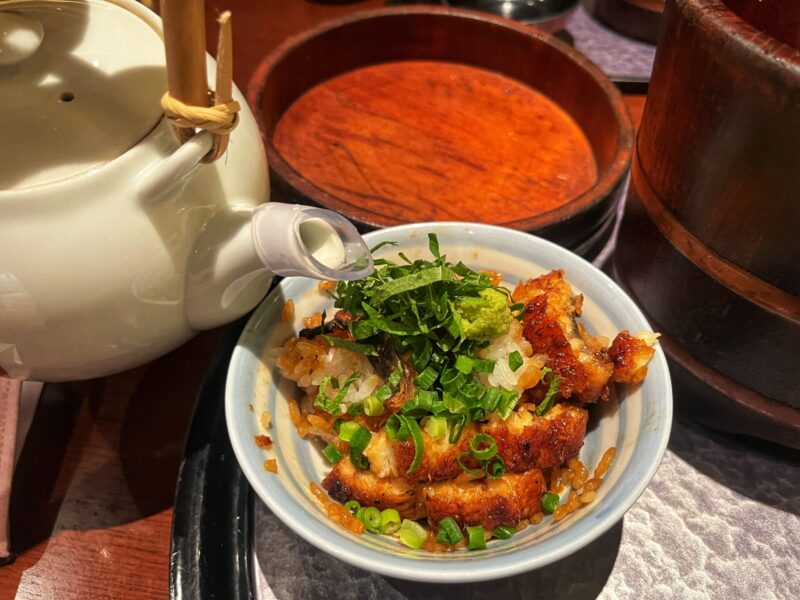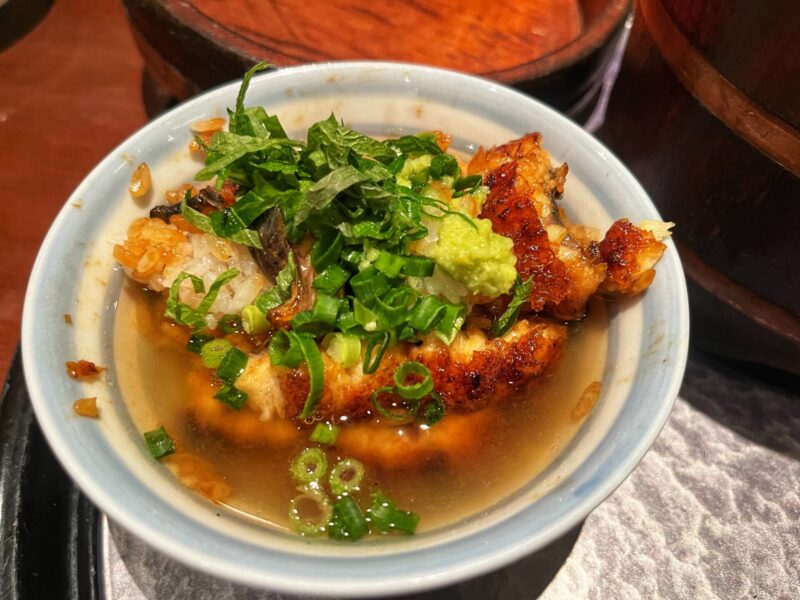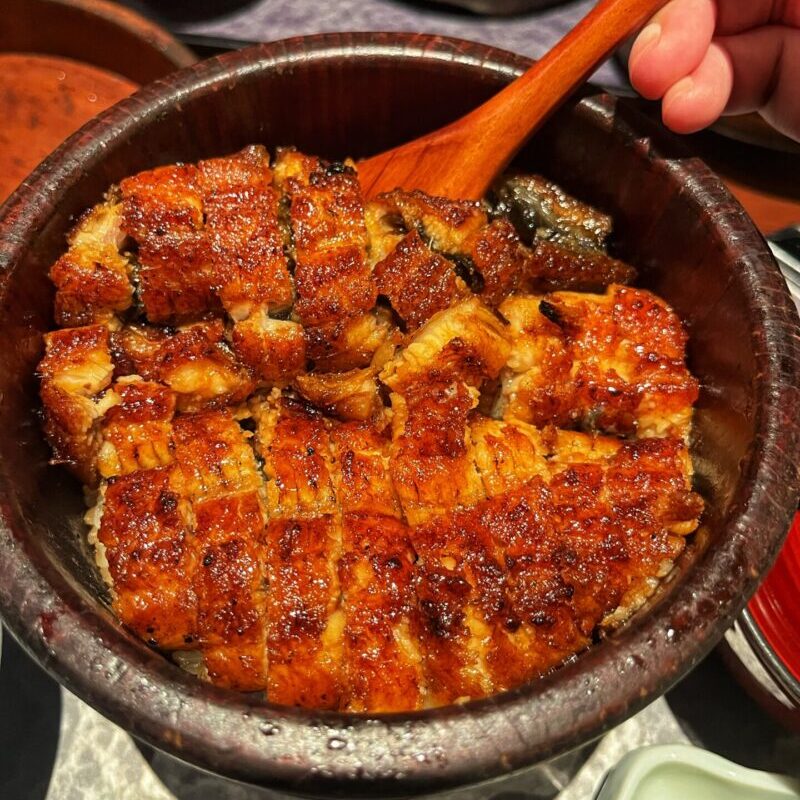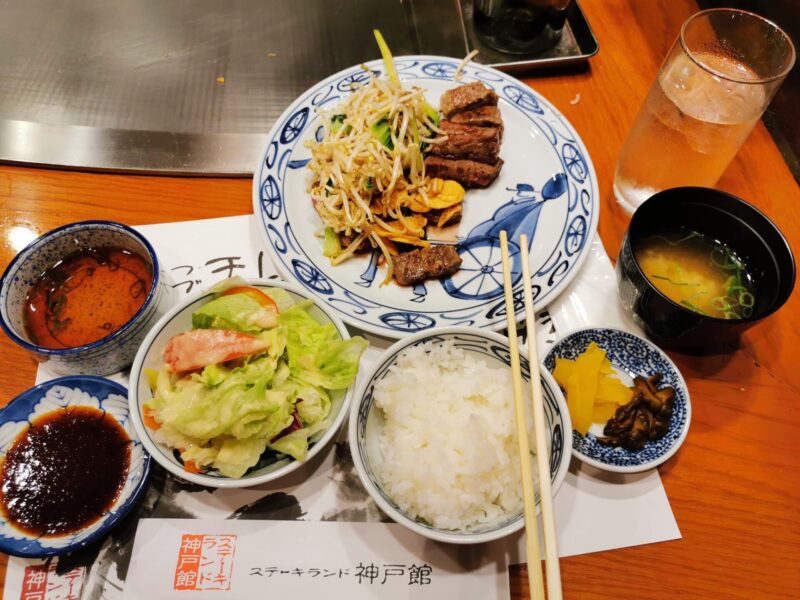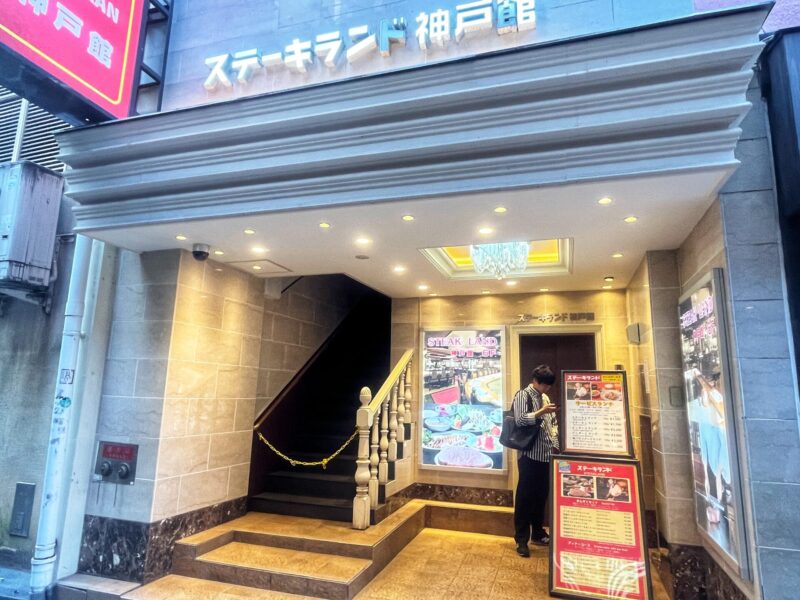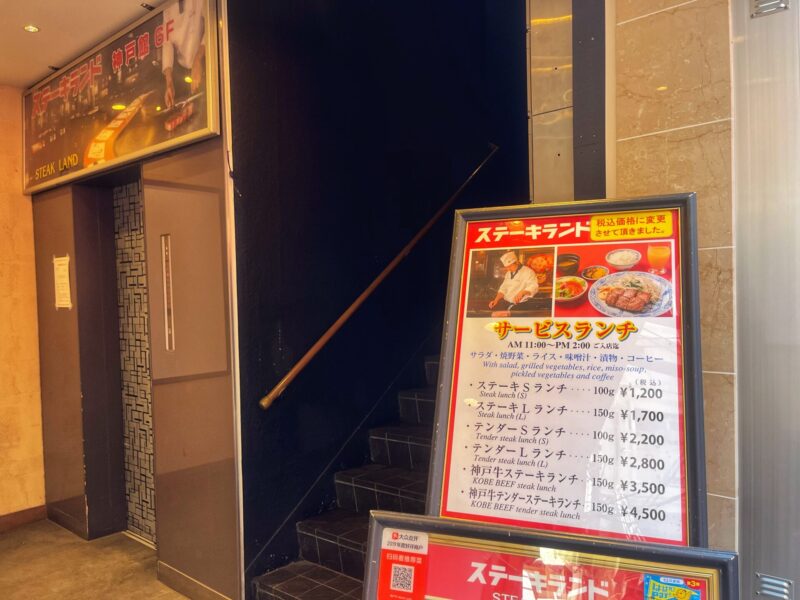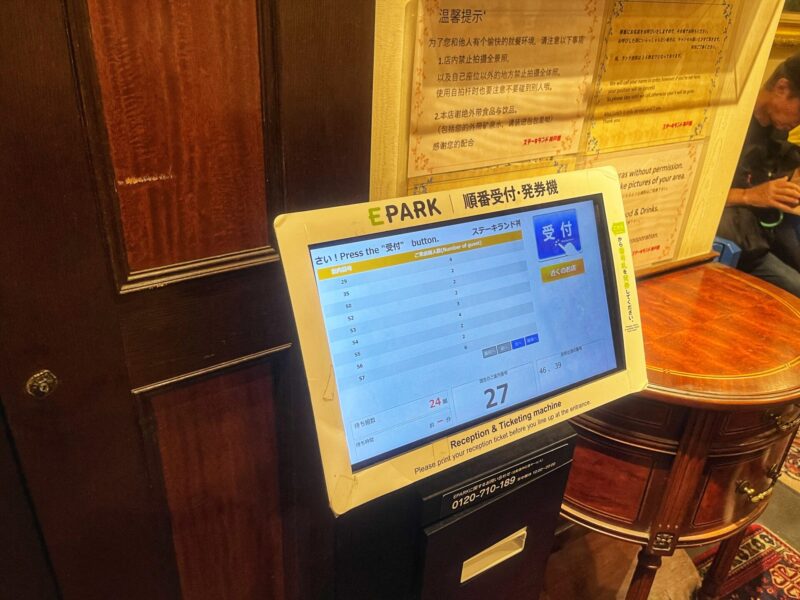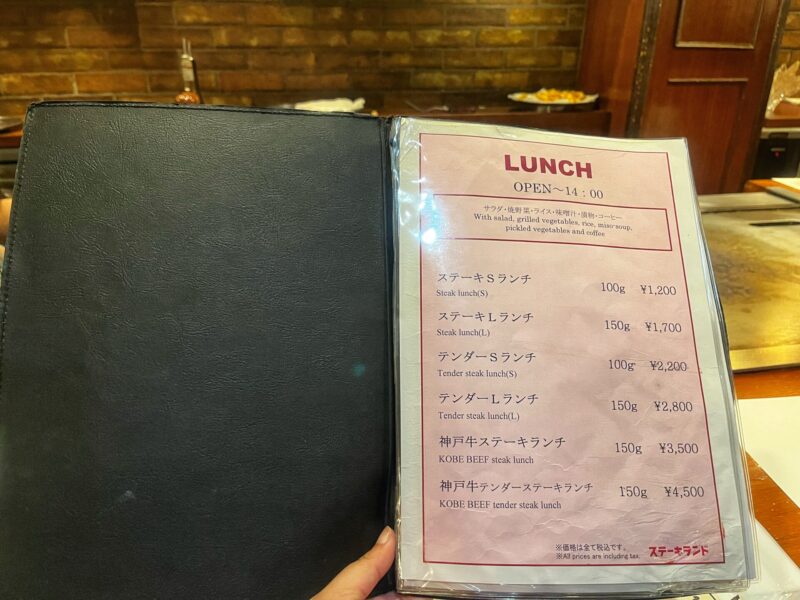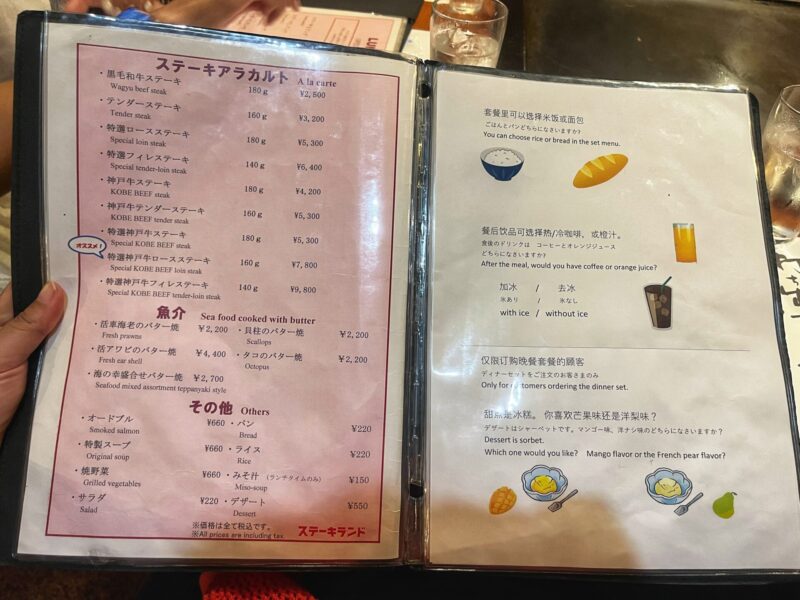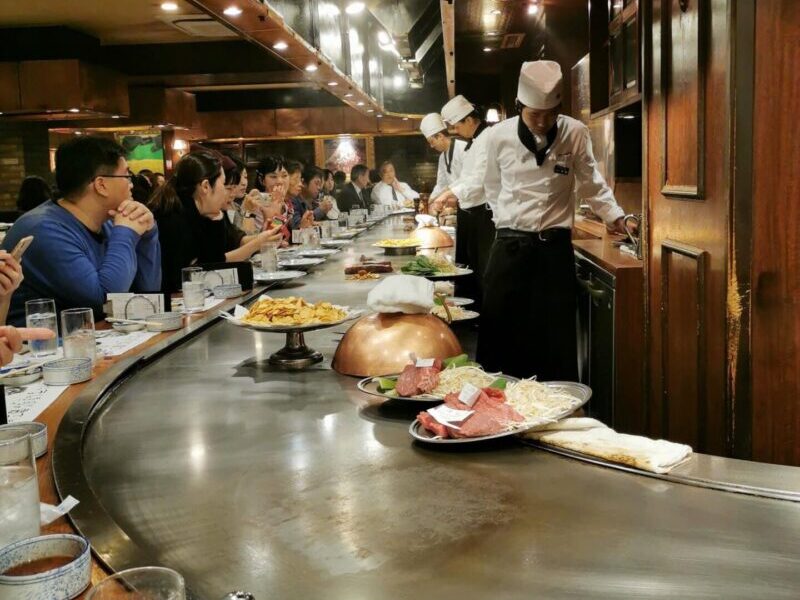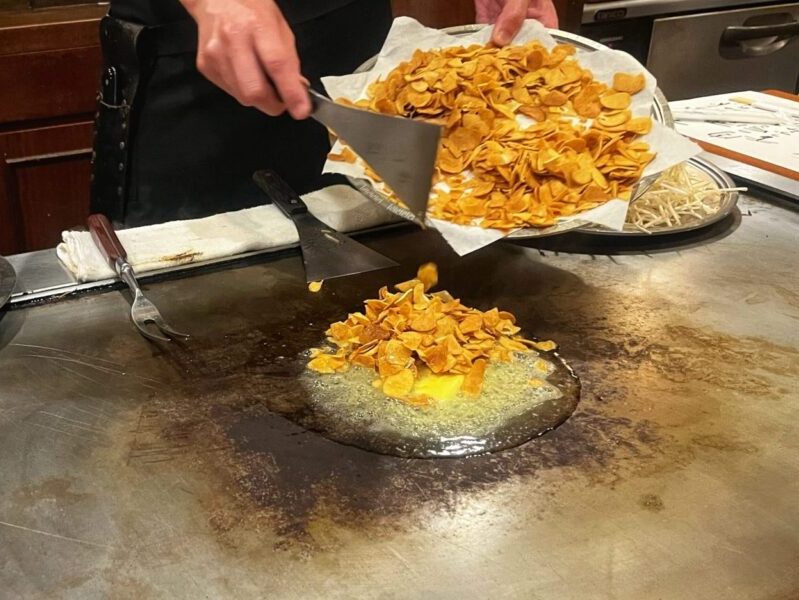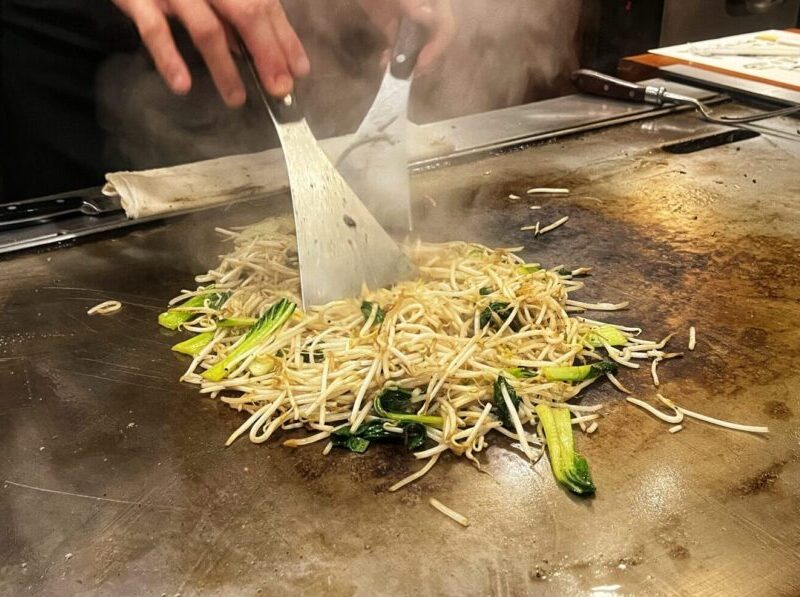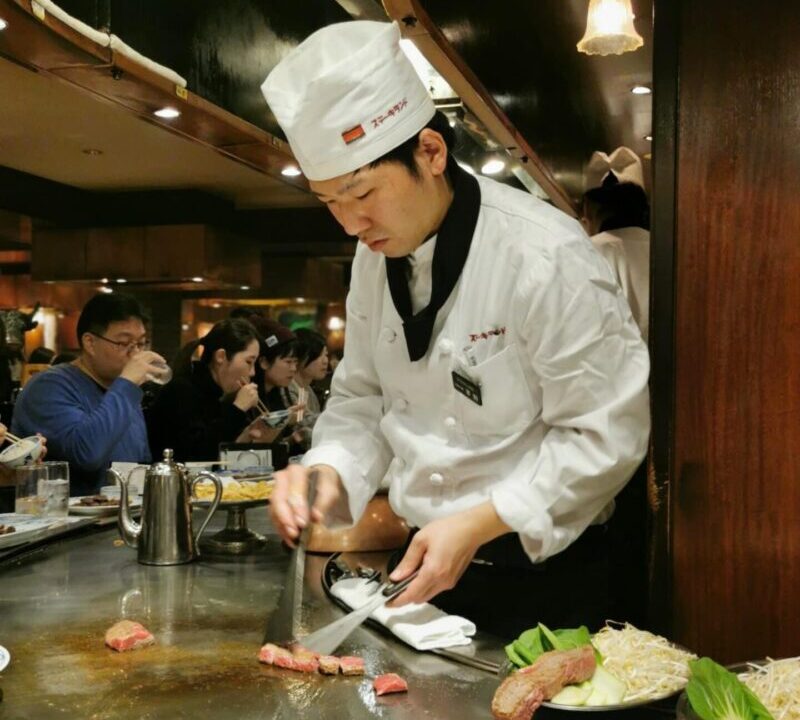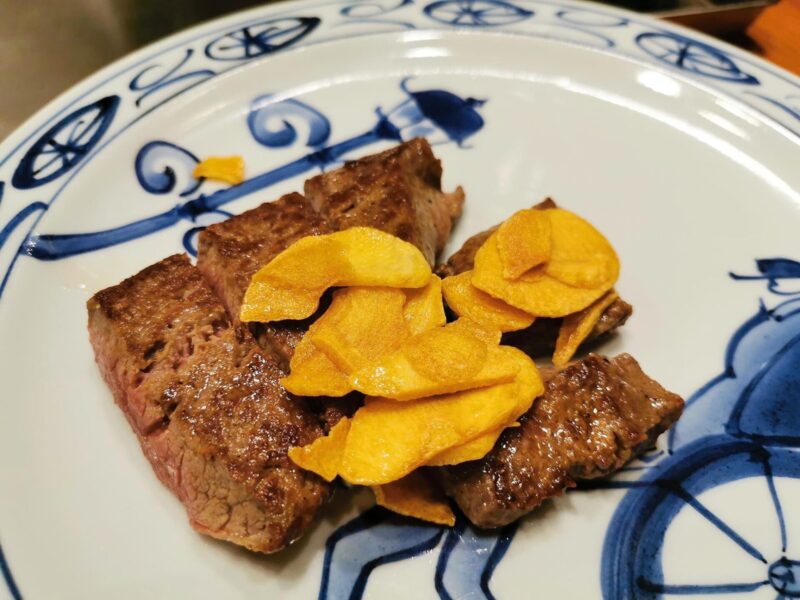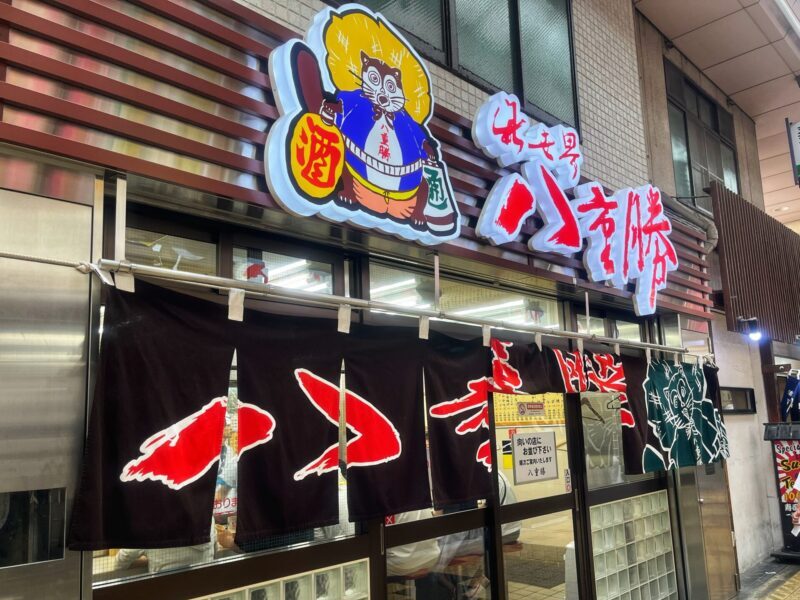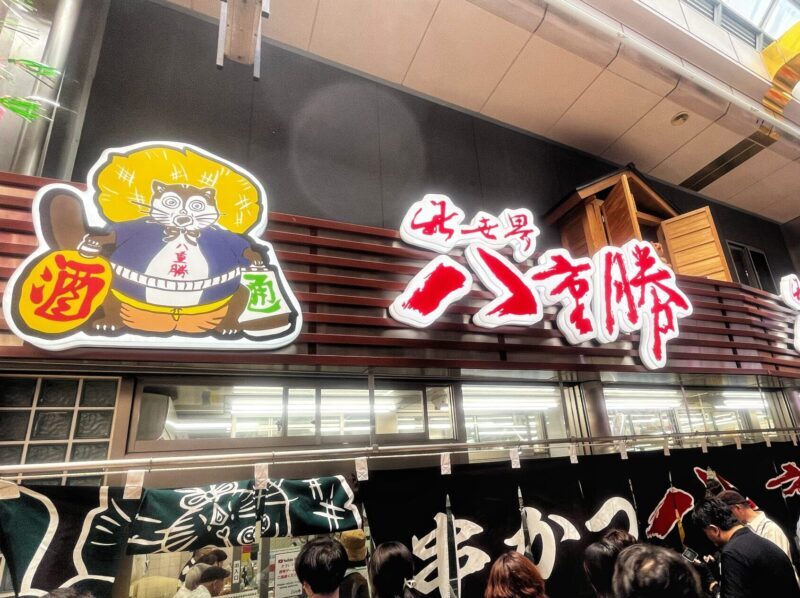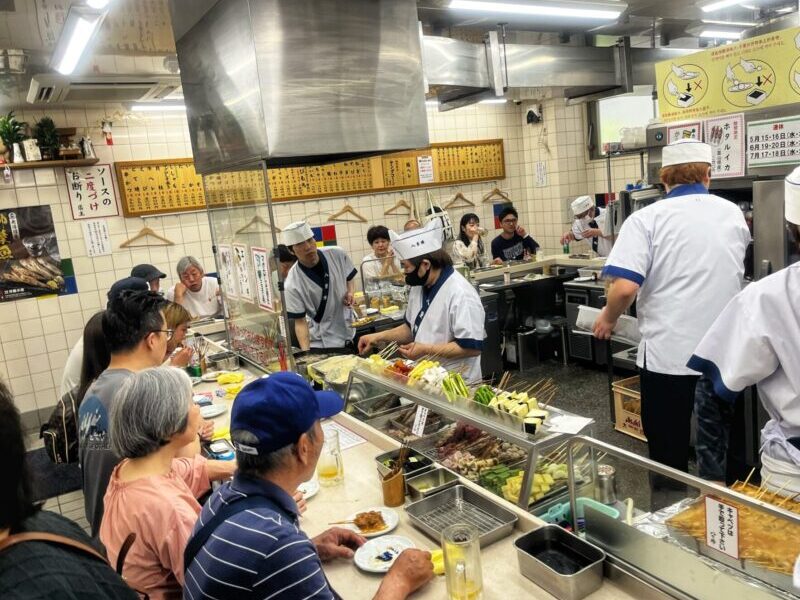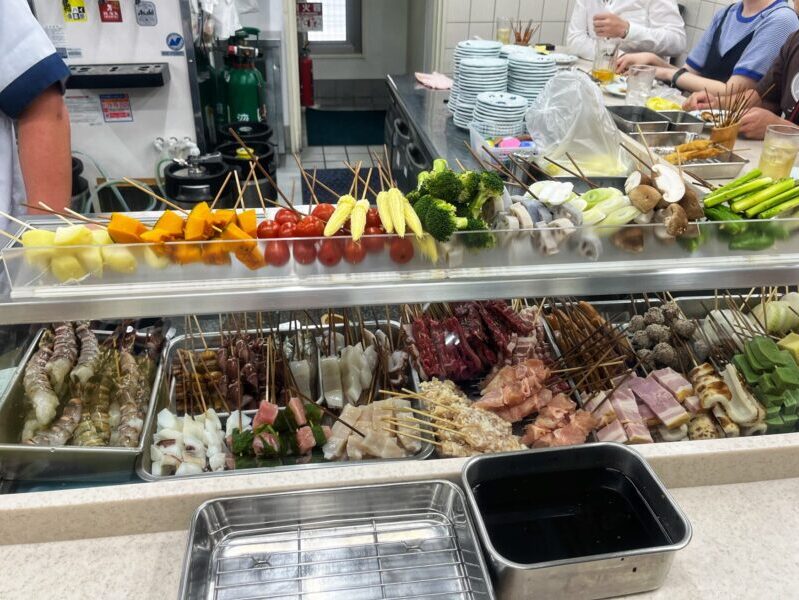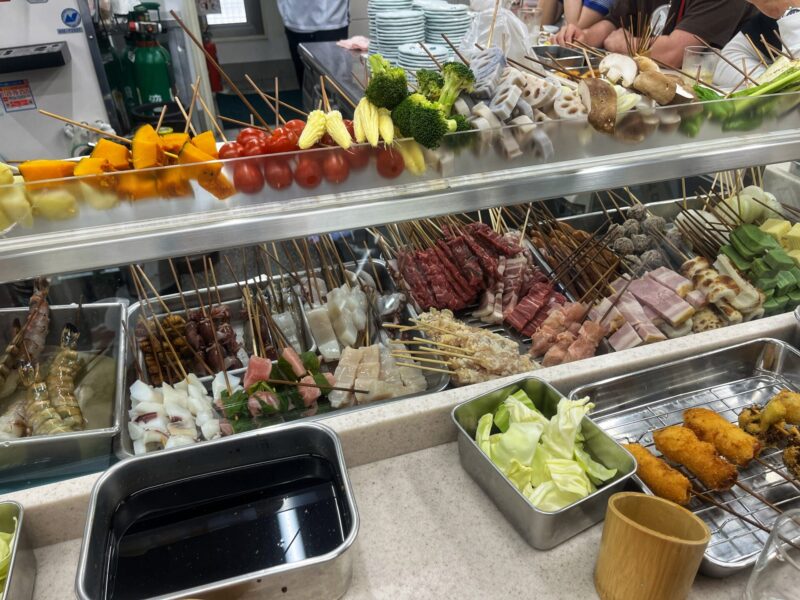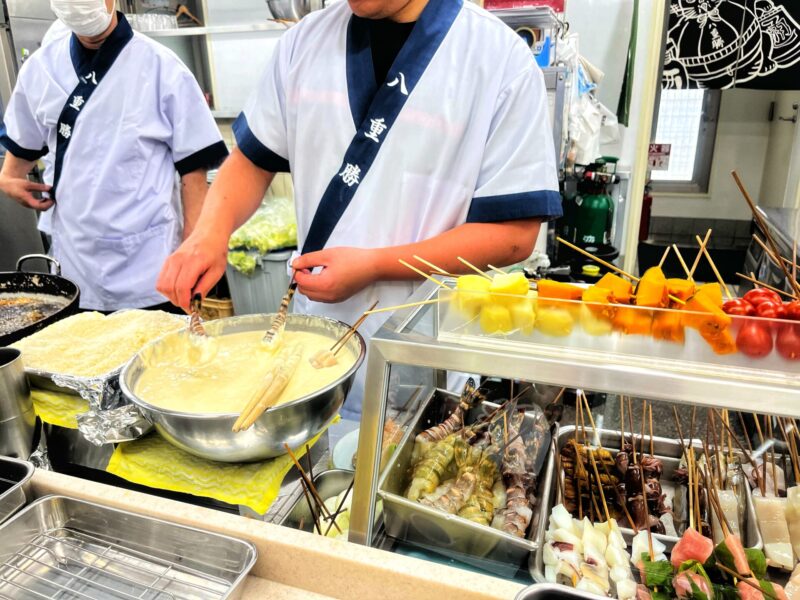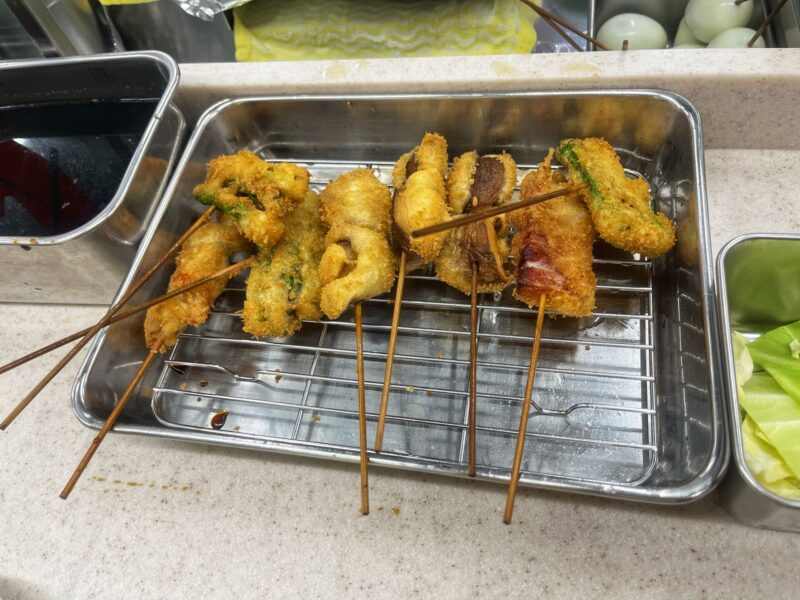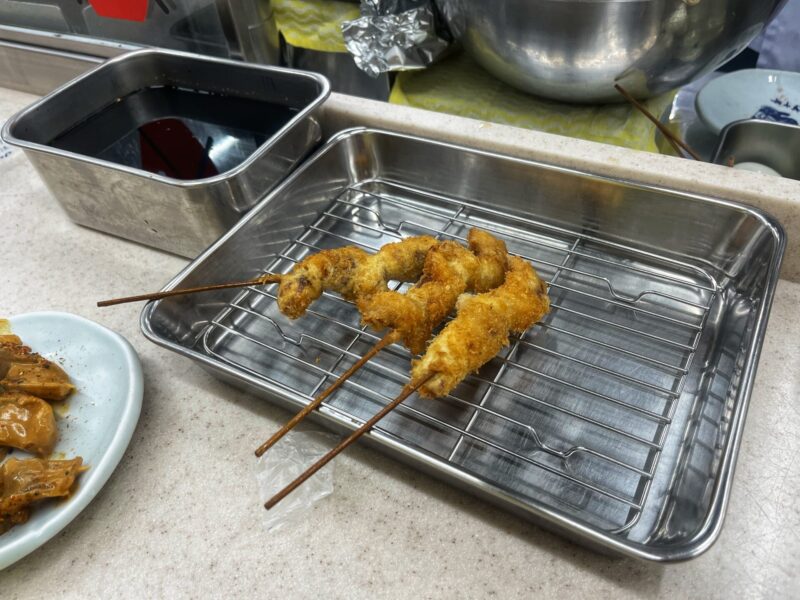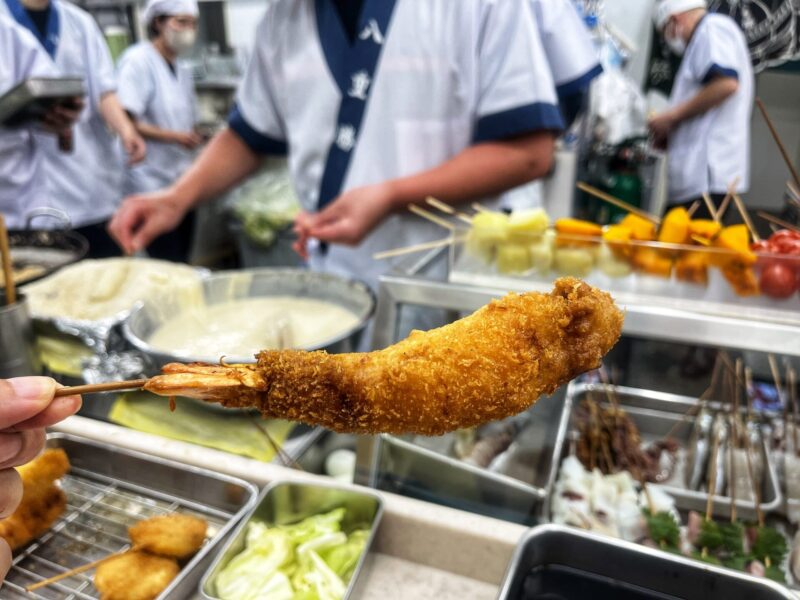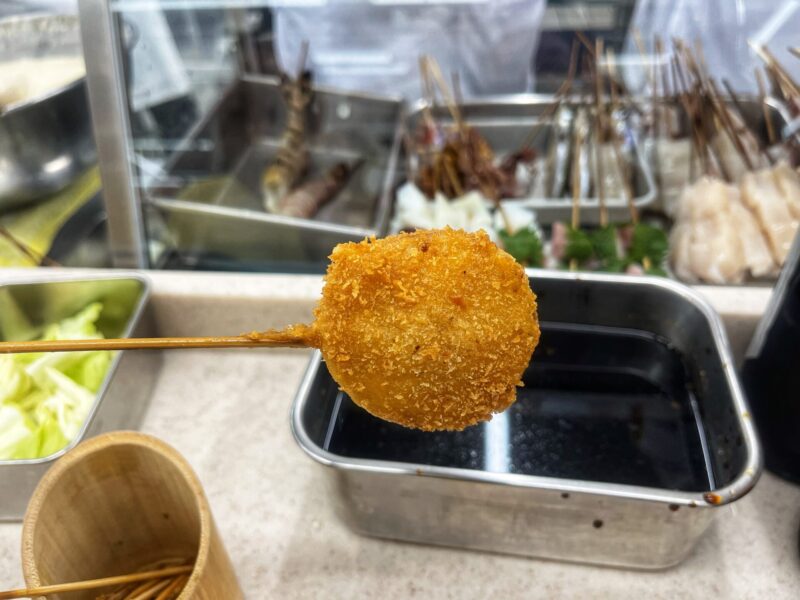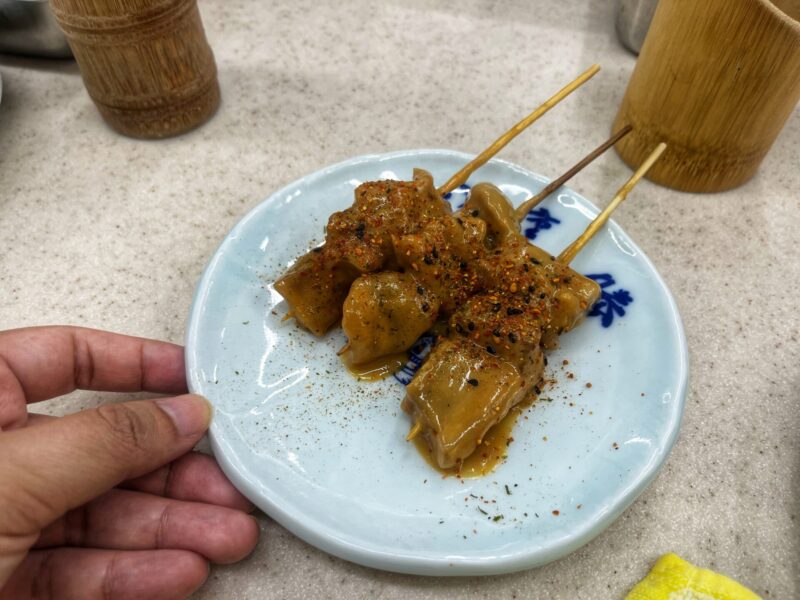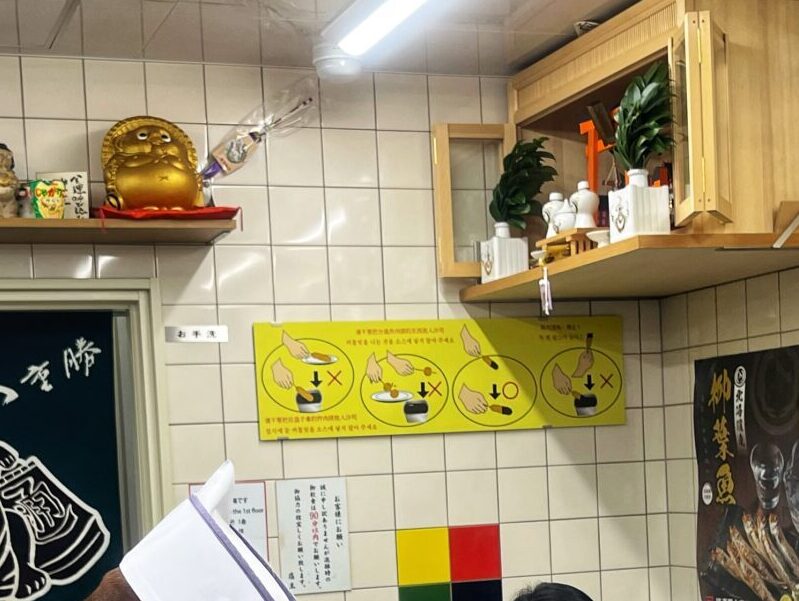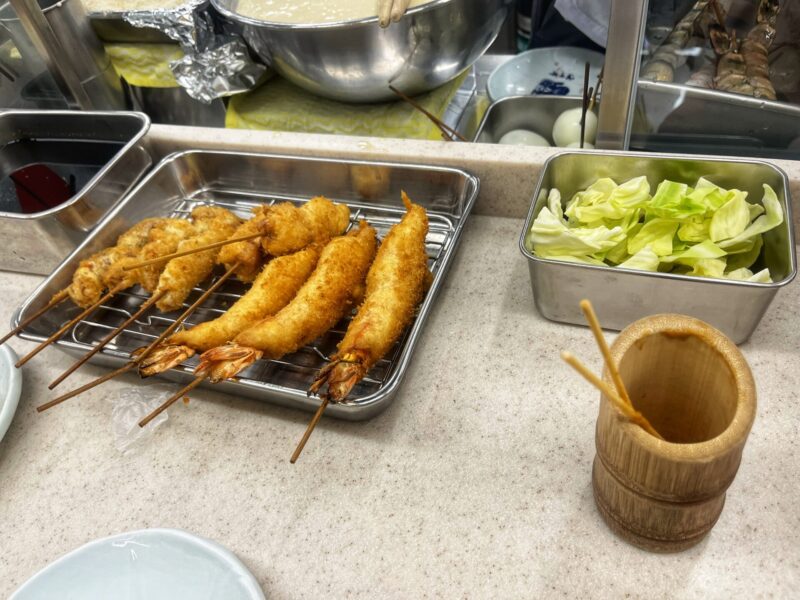Last updated on July 24th, 2024
This Kyoto Higashiyama walking itinerary guide will take you to some of the area’s most notable highlights in the area.
Kyoto is one of my favorite places in Japan. The beautiful city is an amazing place to immerse yourself in the historical, cultural, and wonderful traditional cuisine. Despite all of those options, Kyoto is a compact city, and some of the attractions are best enjoyed on foot.
There are many Kyoto city walking routes that you can plan. Among all, the Higashiyama District (東山) is Kyoto’s best-preserved historic district and most famous sightseeing district. There are many attractions in the area and is best to explore on foot.
Here. I’m going to try my best to give you a Kyoto Higashiyama Walking Course itinerary to explore the Southern Higashiyama District. This walking tour itinerary will take you to some of the highlights in Southern Higashiyama that you shouldn’t miss when visiting the area. It covers everything I think is worth seeing in Kyoto Southern Higashiyama.
The Southern Higashiyama walking guide itinerary is designed to take half a day to a full day, depending on the pace at which you want to move and the amount of time you’d like to spend at each stop. Below is our Southern Higashiyama walking itinerary during one of our visit to Kyoto
How To Plan the Kyoto Higashiyama Walking Course Itinerary
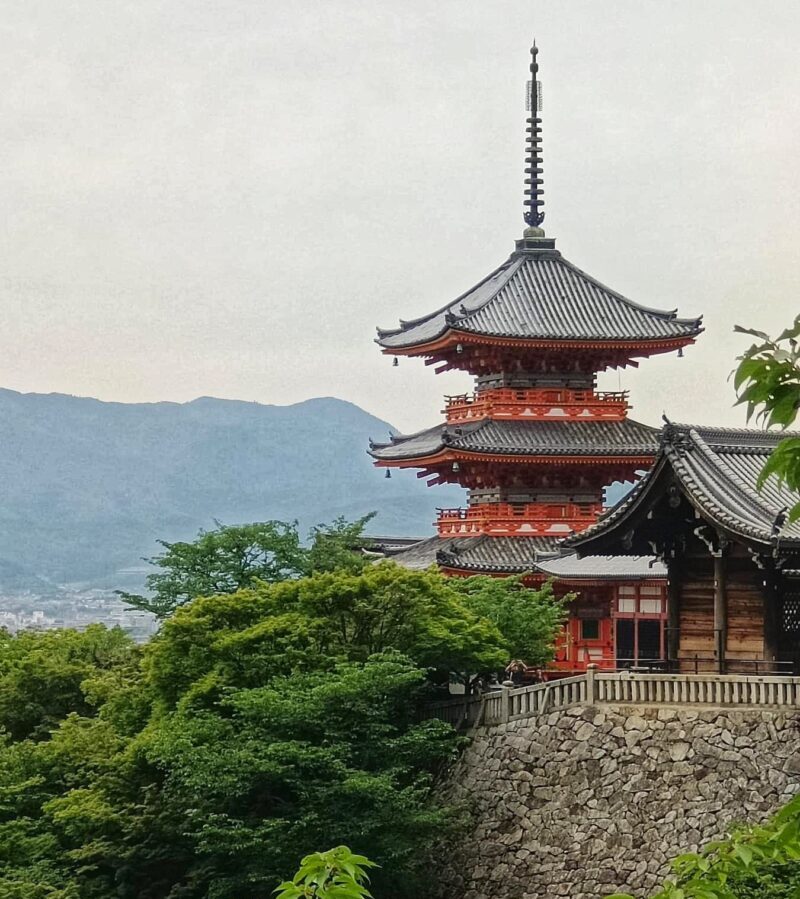
The Southern Higashiyama walking itinerary covers a 10km route with several stops along the way.
Starting from Gojozaka and Chawanzaka, you’ll visit Sannen-zaka and Ninnen-zaka, Yasaka Shrine, Kodai-ji Temple, Choin-in, Yasaka-jinja Shrine, and end at the Gion. You can also do the route in reverse. The walk takes about three to four hours, but it could take longer if you take your time and have lunch on the way.
How to Plan Higashiyama Walking Itinerary Route:
- Start from Gojozaka and Chawanzaka
- Kiyomizudere
- Sannenzaka and Ninnenzaka path
- Yasaka Pagoda
- Yasaka Koshindo
- Nene-no-Michi and Kodai-ji Temple
- Maruyama Park
- Choin-in
- Yasaka-jinja Shrine
- Gion District
If you’re short on time, you can modify the itinerary to fit your preferences or split it over multiple days. Keep in mind that Southern Higashiyama is a popular district with many attractions, so expect it to be busy with lots of people.
Start from Gojozaka and Chawanzaka
To begin your Kyoto Southern Higashiyama walking itinerary, it’s best to arrive in the Kiyomizudera area as early as possible. You can take a bus to the Gojozaka bus stop and then walk up the Gojozaka and Chawanzaka to Kiyomizu-dera Temple. it’s a half-mile hike up the hill to get to the temple
This narrow paved shopping street is a half-mile hike up the hill to get to the temple. It is lined with wooden merchant houses that have been converted into small stores and restaurants.
Alternatively, you can take a taxi ride to the entrance of Kiyomizudera temple in the early morning, before 8:00 am, to avoid the steep uphill walk. This is especially helpful for the elderly and those with knee problems.
Kiyomizudera
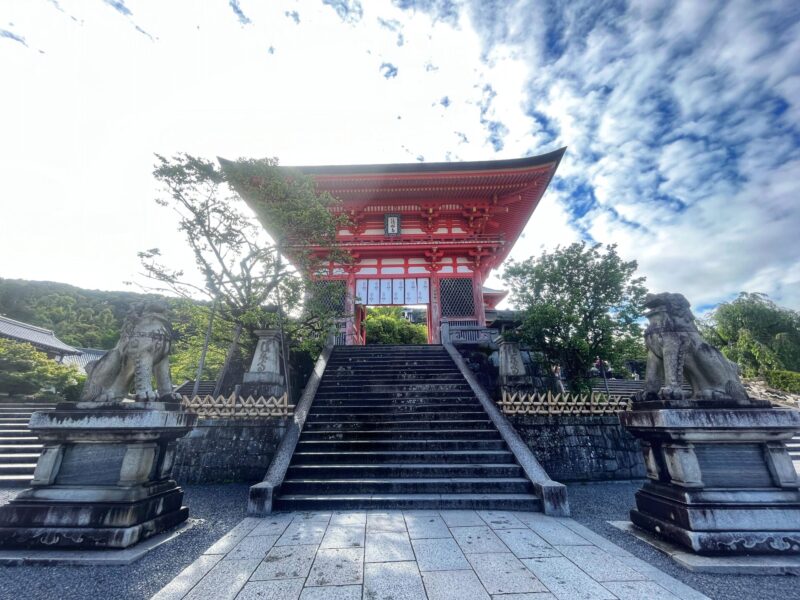
As we move on to our next destination, we head north and slightly further east towards Kiyomizudera Temple. The UNESCO world heritage sites, Kiyomizudera is one of the must-visit for the Higashiyama walking itinerary.
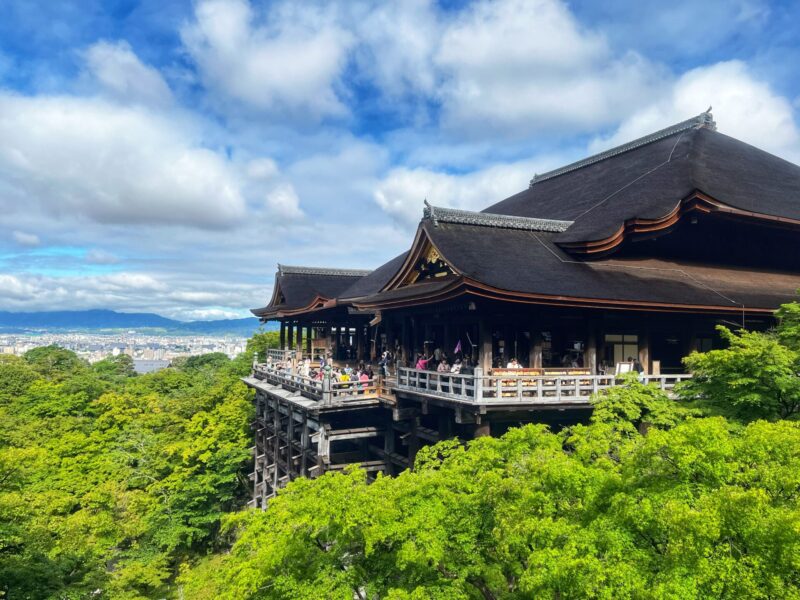
The Kiyomizudera temple complex was founded in 798 and is very extensive. The main temple with its enormous wooden deck built without the use of nails.
Read More: Trip to Kiyomizudera Itinerary: A Travel Guide Blog
Your visit to Kiyomizudera includes the main temple, a dramatic pagoda, the Otowa-no-taki waterfall that may grant blessings to those who drink from it, and a variety of other temple buildings and attractions. Take some time to explore the temple.
Kiyomizu-dera | 清水寺
Address: 1-294 Kiyomizu, Higashiyama-ku, Kyoto-shi, Kyoto
Hours: 6:00 to 18:00 (Hours may change seasonally)
Entrance fee: ¥400
Official Website: http://www.kiyomizudera.or.jp/en/
Sannenzaka and Ninnenzaka Path
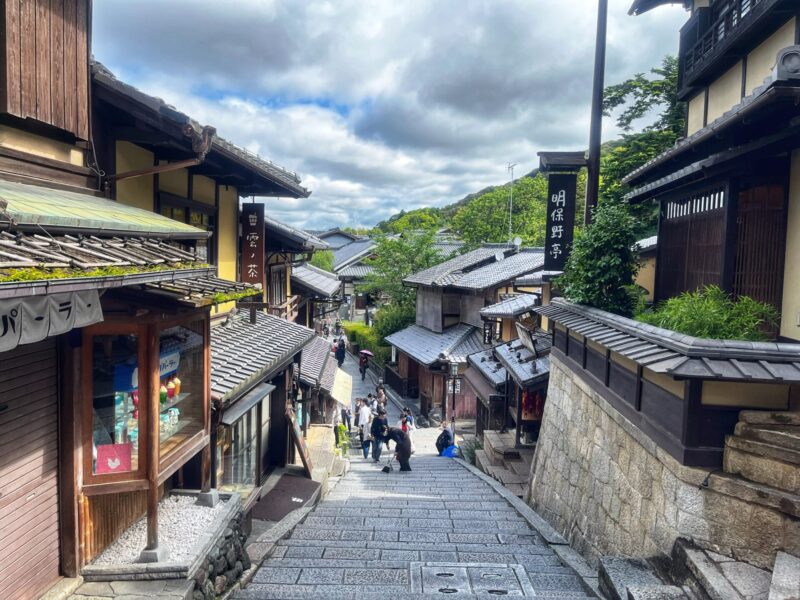
After visiting Kiyomizu-dera, you can walk down to the scenic Sannenzaka (産寧坂) and Ninnenzaka (二寧坂) path. These pedestrian streets are lined with traditional houses and cobblestone, creating a charming atmosphere. The surrounding area is designate as a traditional architectures preservation district.
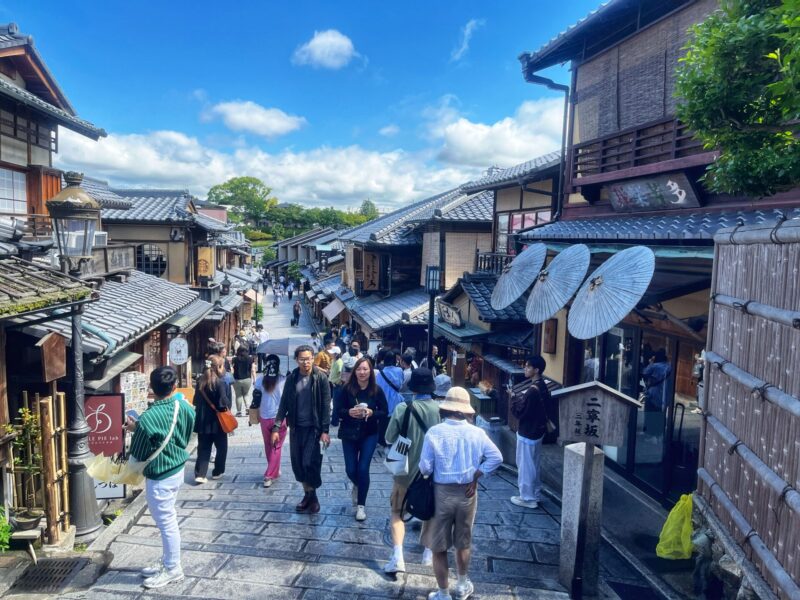
You can explore the area to find many teahouses and restaurants for a relaxing break. Sample local delicacies such as matcha confectioneries, pastries, Japanese pickled treats, and a variety of Japanese snacks. Most stores and restaurants in the Higashiyama district operate from around 10:00 to 17:00.
The streets are usually crowded with both local and foreign visitors, as well as large tour groups in the middle of the day.
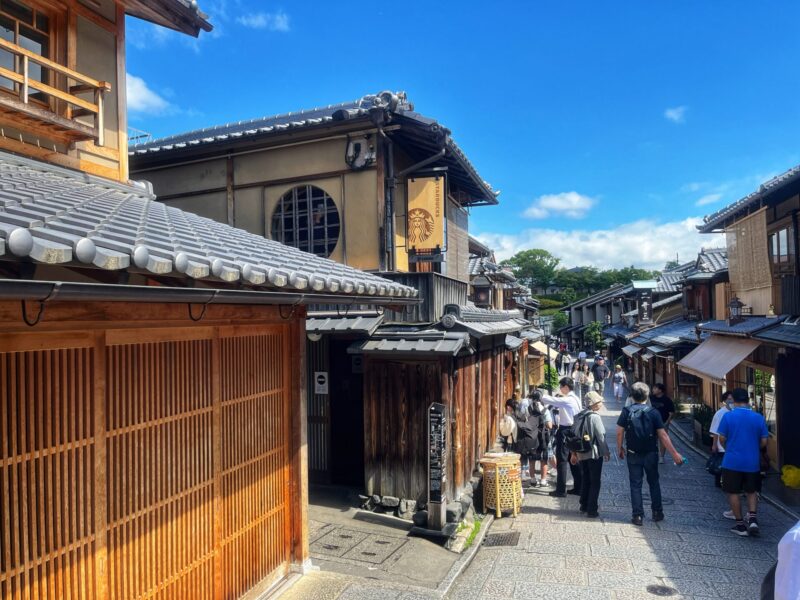
For coffee enthusiasts, a unique Starbucks branch, Starbucks Kyoto Ninenzaka Yasaka Chaya, is worth a visit. Here, you can enjoy your regular Starbucks coffee while sitting on tatami seats in an interior that resembles a traditional Japanese home.
Keep in mind that there’s usually a long queue and limited seating, so plan your visit accordingly.
Yasaka Pagoda
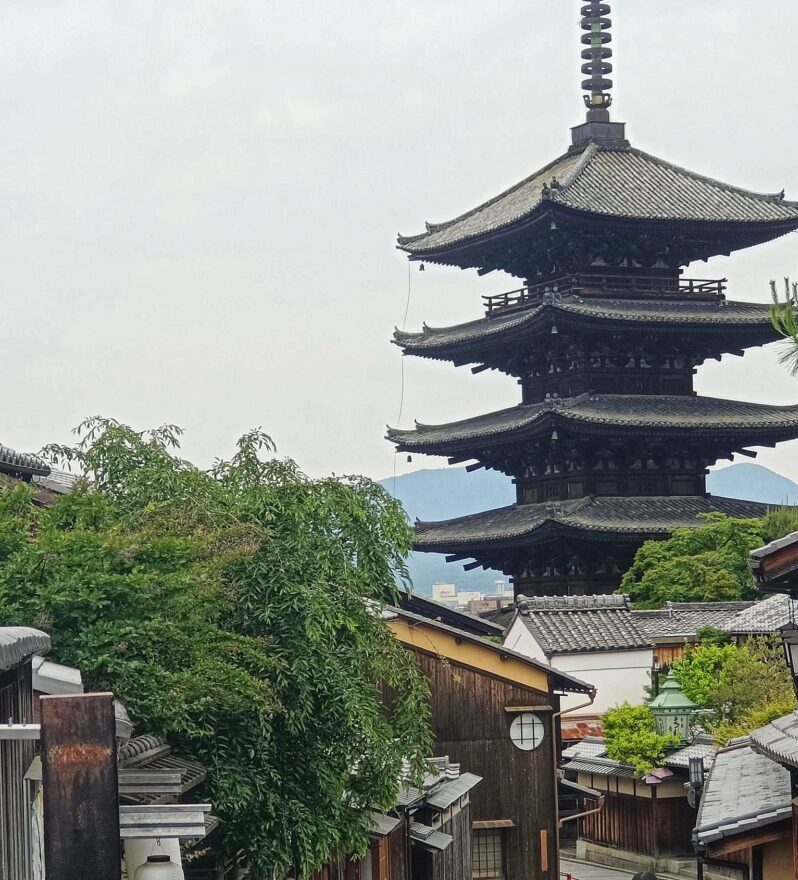
After exploring some of the smaller streets, look for Yasaka Pagoda (八坂の塔). The picturesque five-storey pagoda is the most recognisable and easily-spotted landmark of Higashiyama.
The Yasaka pagoda is part of Hokan-ji Temple. As you approach through the old neighborhood, you can really appreciate the ornate pagoda looming up before you. It was originally founded in 589 by Imperial Prince Shotoku.
Yasaka Pagoda | 八坂の塔
Address: 388 Yasaka Kamimachi, Higashiyama-ku, Kyoto-shi, Kyoto
Yasaka Koshindo
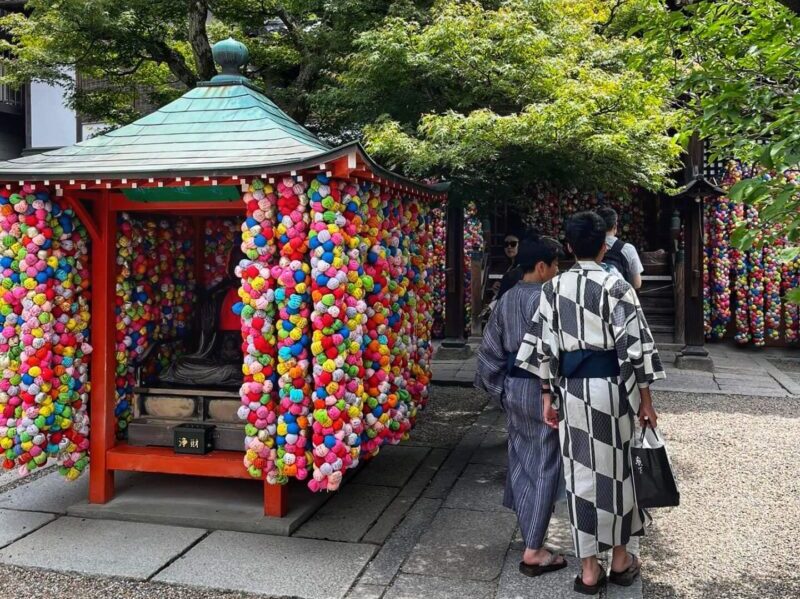
Next, make a detour to visit Yasaka Koshindo (八坂庚申堂), a small temple with many colorful balls called “kukurizaru”. Worshippers write their wishes on a colorful ball and then hang them at the site. The balls represent the good faith monkeys and are in the shape of a monkey with hands and feet bound.
Many young women dress up in kimonos to take photos with the balls as a most colorful backdrop. This is a wonderful place to come for an unusual photo shots.
Yasaka Koshindo | 八坂庚申堂
Address: 390 Kinen-cho, Higashiyama-ku, Kyoto-shi, Kyoto
Hours: 9:00 to 17:00
Entrance fee: free!
Nene-no-Michi and Kodai-ji Temple
Most of the visitors will end their Higashiyama walking itinerary that covers the Kiyomizudera area. This will be spend about 3 to 4 hours for time of visit. If you have more time and would love to continue immerse yourself in history, continue your walking itinerary to Kodai-ji, Maruyama Park, Choin-in, Yasaka-jinja Shrine, and further to Gion District.
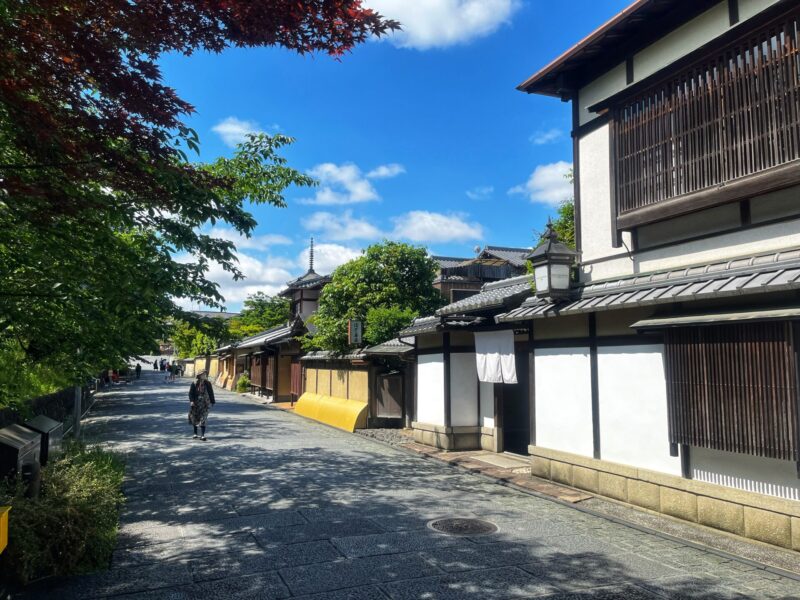
At the bottom of Ninnen-zaka, continue heading into Nene-no-Michi (ねねの道), also known as the Path of Nene. This street is named after Nene, the wife of Toyotomi Hideyoshi, one of Japan’s greatest historical figures. Similar to Ninenzaka and Sannenzaka, you will find numerous beautiful stores selling a variety of goods.
Consider a visit to Kodai-ji Temple, which is located above Nene-no-Michi.
Kodai-ji Temple (高台寺) is an outstanding temple in Kyoto’s Higashiyama District. The temple is renowned for its stunning Zen gardens and intricate architecture, providing a serene escape from the bustling streets outside. It was established in 1606 in memory of Toyotomi Hideyoshi.
Kodai-ji | 高台寺
Address: 526 Shimokawara-cho, Kodai-ji, Higashiyama-ku, Kyoto-shi, Kyoto
Hours: 9:00 to 17:00
Entrance fee: ¥600
Maruyama Park
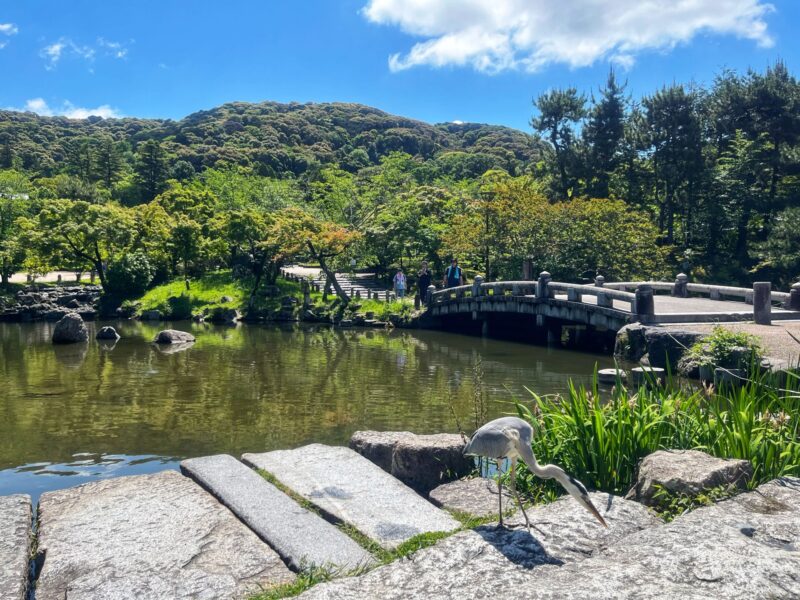
Keep following Nene no Michi until you reach Maruyama Park (円山公園). This is a public park located next to the Yasaka-jinja Shrine. It’s renowned as one of Kyoto’s most popular spots for viewing cherry blossoms and is usually quite crowded during the cherry blossom season.
Maruyama Park | 円山公園
Address: 473 Maruyama-cho, Higashiyama-ku, Kyoto-shi, Kyoto
Hours: Always open.
Choin-in
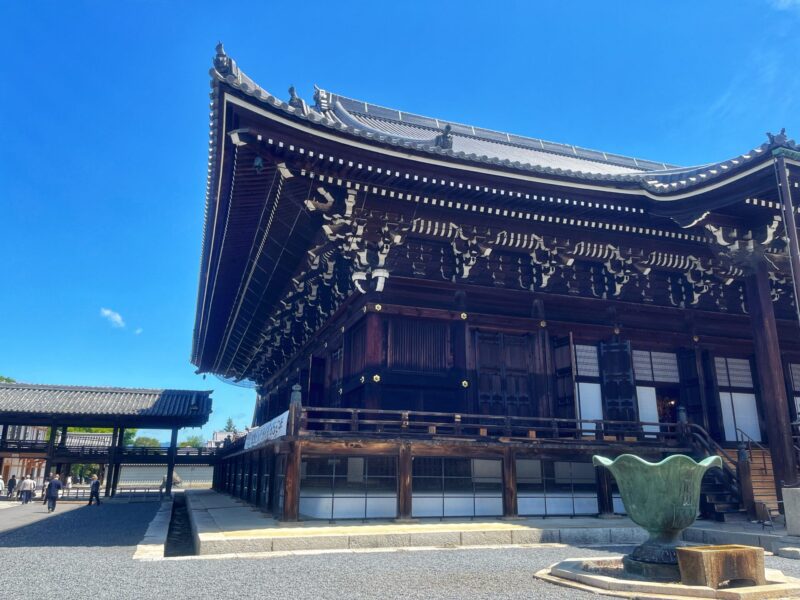
Chionin is located just north of Maruyama Park in Kyoto’s Higashiyama District. It is definitely worth a visit when you are in the area.
The Chionin (知恩院) is the head temple of the Jodo sect of Japanese Buddhism, which has millions of followers and is one of the most popular Buddhist sects in Japan. The temple boasts extensive grounds, large buildings, and houses revered effigies.
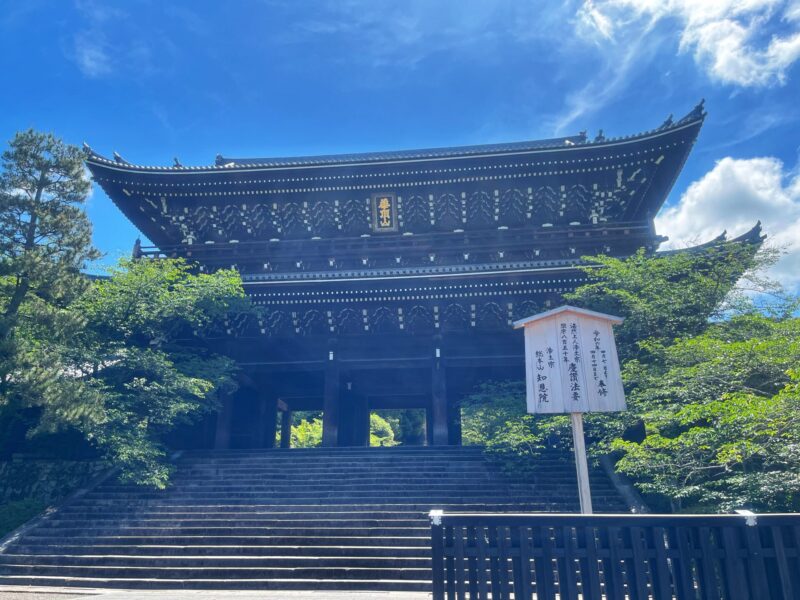
One of the most striking features of the Chionin temple is its grand Sanmon Gate.
You can explore most of the temple grounds for free and pay ¥500 to enter the Yuzenen Garden and Hojo-Teien Garden. As you walk up the steps through the impressive San-Mon Gate, be sure to visit the main hall, which is also free to enter.
Chionin | 知恩院
Address: 400 Rinkacho, Higashiyama Ward, Kyoto
Hours: 9:00 to 16:00
Entrance Fee: Free for temple group and ¥500 to enter the Yuzenen Garden and Hojo-Teien Garden.
Yasaka-jinja Shrine
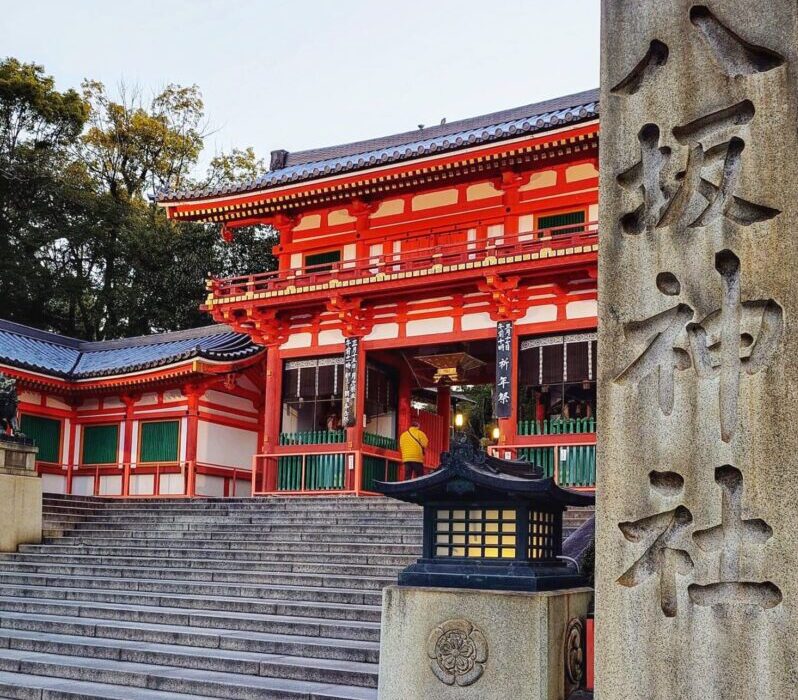
Next, continue to the Yasaka-jinja Shrine (八坂神社), the main shrine of the Gion area.
The Yasaka-jinja Shrine is a vibrant symbol of Shinto spirituality. It stands as a testament to Kyoto’s cultural legacy and is particularly important to the local community, including the Geisha in the area. The shrine hosts lively festivals throughout the year. It’s beautiful to visit during the day when you can see lots of people dressed up in traditional kimonos.
Yasaka-jinja | 八坂神社
Address: 625 Gion-machi Kitagawa, Higashiyama-ku, Kyoto-shi, Kyoto
Hours: Always open.
Gion District
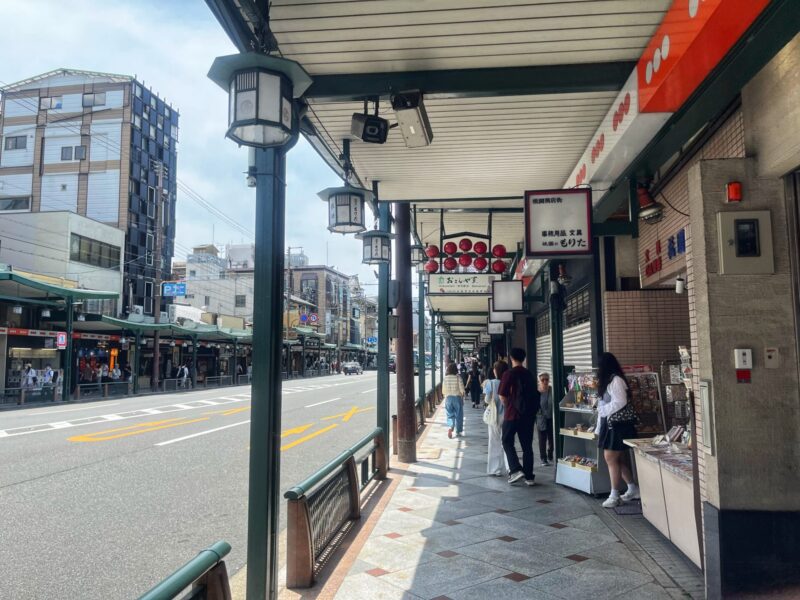
Lastly, Gion (祇園) is the ancient district of Kyoto. Its history dates back to the 15th century Sengoku period. It is famous for traditional teahouses, winding cobbled streets, and Japanese Geisha. Just out the front gate of Yasaka-jinja and across the street, you’ll find plenty of lunch and coffee shop options on the main street and throughout this area.
That’s the end of the Higashiyama walking itinerary. The walking journey takes about 4 to 6 hours, depending on the time spent at each stop. You can also continue walking to the Gion district and see the famous sights, including Pontocho, Kamor river, and Hanami-koji Street.
Higashiyama Walking Guide Tips
Remember the following tips for visiting the Southern Higashiyama area:
Start early if possible. Southern Higashiyama is a popular route and tends to be crowded with both local and foreign visitors.
Take your time and avoid rushing. Allocate time in your day to stop often, explore the narrow streets, visit local tea or coffee shops, enjoy a leisurely lunch, and indulge in treats at the market.
Wear comfortable, flat shoes as the beautiful Higashiyama area is best explored on foot. Expect to do a lot of walking on the Higashiyama walking itinerary.
Utilize city buses as a convenient way to access the Hiyashiyama area. Additionally, you can reach the area via Gion-Shijo or Kiyomizu-Gojo Stations on the Keihan Line. Taxis in Kyoto are also an affordable option for reaching the area.
Overall: Kyoto Higashiyama Walking Course
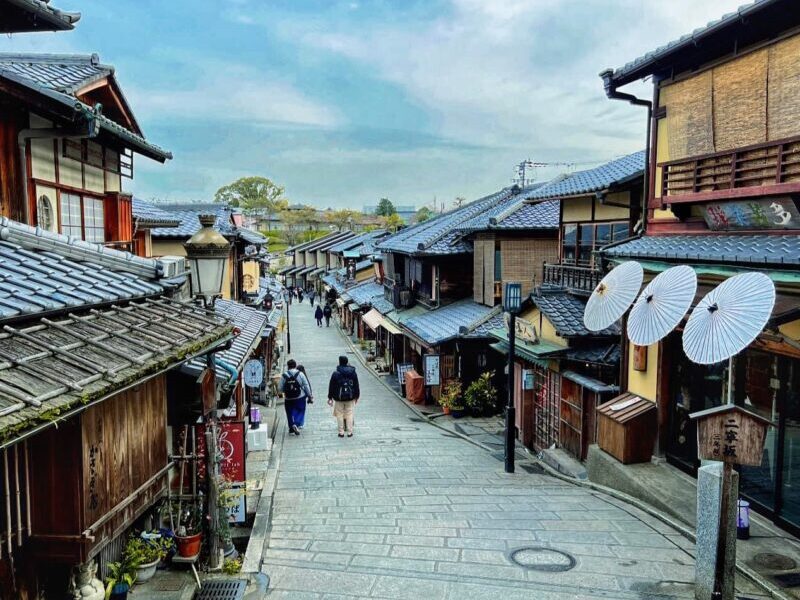
All in all, we hope you enjoy this Kyoto Higashiyama Walking Course itinerary that we’ve shared. It’s a beautiful and fascinating area to discover, and the best way to do it is on foot, at your own pace.
Lastly, if you are planning to explore Kyoto, you may also like our Kyoto travel stories below:
- 15 Things To Do and Eat for 3 Days in Kyoto
- Where To Stay in Kyoto: Best Areas and Hotels
- Kiyomizudera Itinerary with Walking Guide
- Half Day Trip To Arashiyama
- Trip To Kinkakuji, Golden Pavilion
- Fushimi Inari Shrine: A Complete Travel Guide
- Nishiki Market Travel Guide: What To Eat and Buy
- [Cherry Blossom in Kyoto] Philosopher’s Walk
More Kyoto Day Trip Suggestion:
